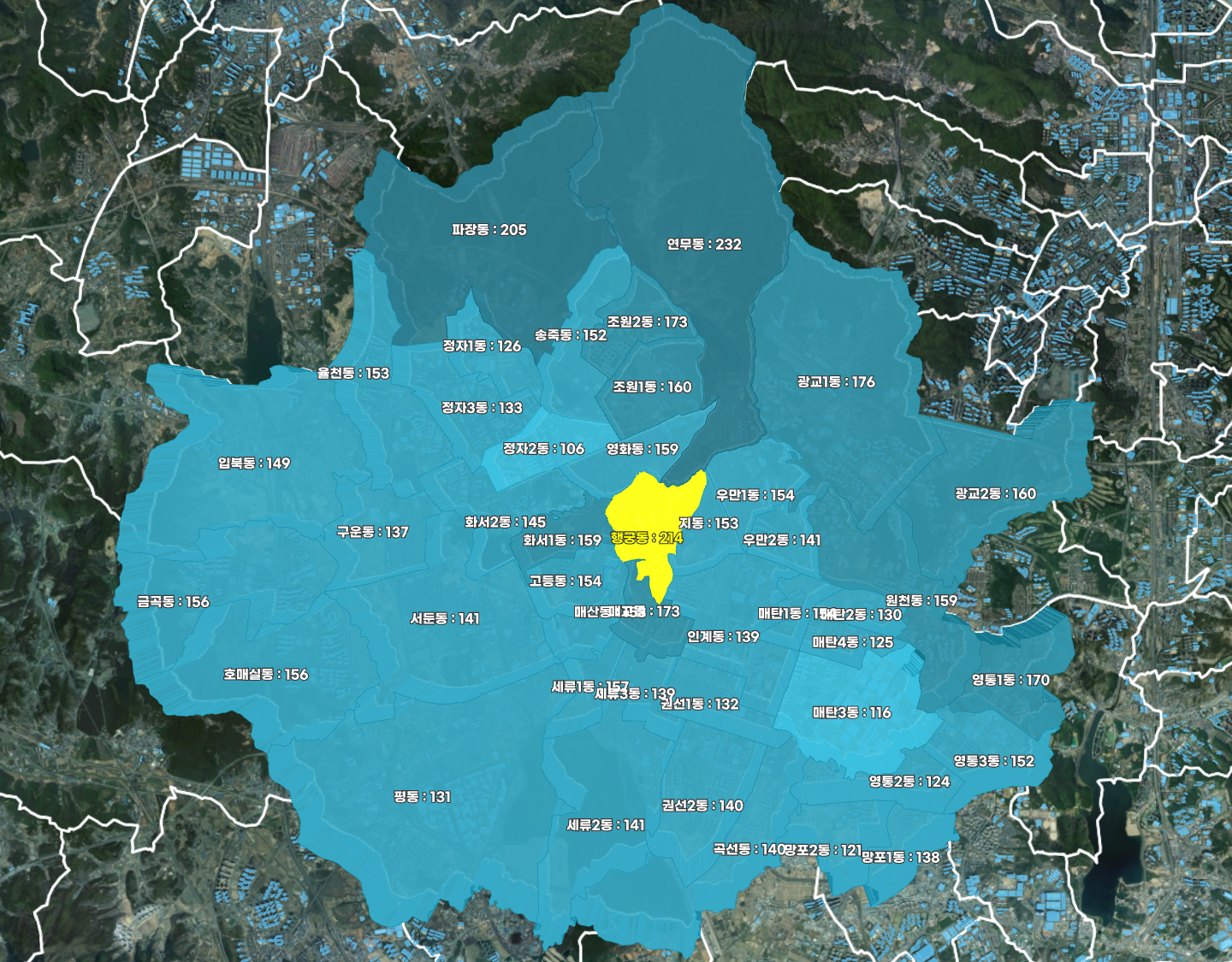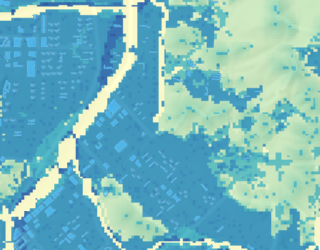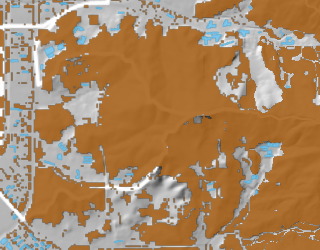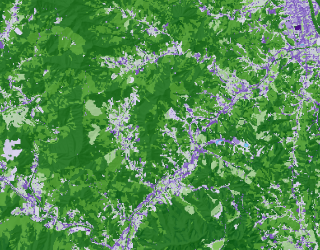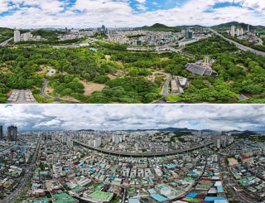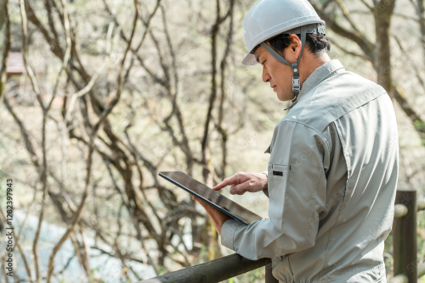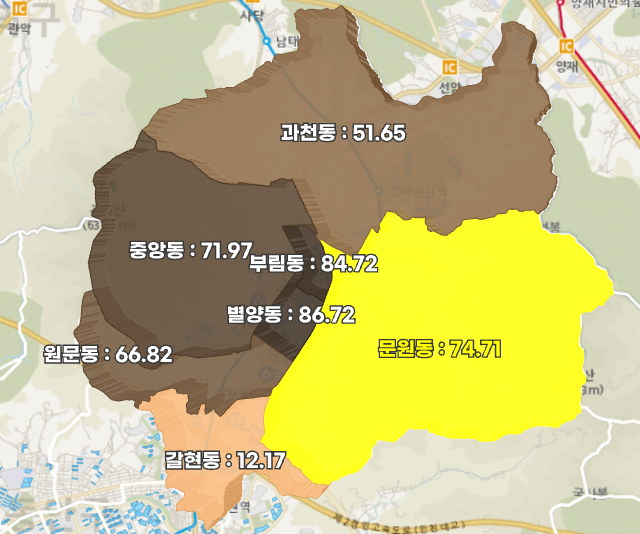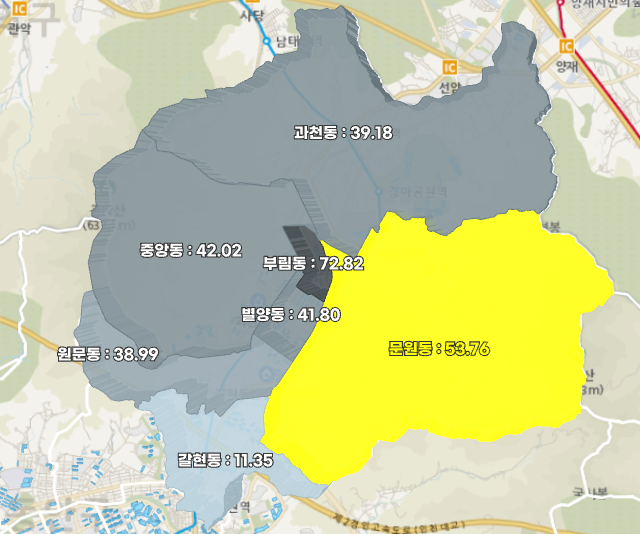
Green infrastructure status
Key information for nature-based solutions
Green infrastructure includes parks, forests, wetlands, urban green spaces, and rivers. It provides mitigation functions by reducing greenhouse gases through carbon absorption, and also offers adaptive functions that enhance urban resilience to extreme weather events such as heat waves, floods, and droughts. In the era of climate crisis, it is crucial to strategically plan and manage green infrastructure, which provides environmental, social, and economic benefits by utilizing the functions of nature. The quantitative and qualitative status of all urban parks in Gyeonggi-do has been evaluated from multiple perspectives and organized into spatial information. In addition, ecosystem services of Gyeonggi-do’s natural environment in terms of supply, regulation, culture, and support have been evaluated. Their value was analyzed in monetary terms to build information that enhances the understanding of both citizens and policy makers. This information provides a scientific basis for establishing climate change response policies, setting priorities for green infrastructure investments, identifying vulnerable areas, and developing urban plans. In particular, it serves as an educational tool to raise awareness of environmental values among citizens.
Ecosystem service evaluation
Gyeonggi-do-wide ecosystem service value (annual)
59,138.5 billion
59138469
million KRWAnnual ecosystem service benefits per person
4,057,000 KRW
4056915
KRWMonetary value of supply services (annual)
15,573.3 billion
15573336
million KRWMonetary value of regulation services (annual)
9,375.5 billion
9375544
million KRWMonetary value of cultural services (annual)
34.895 billion won
34189589
million KRWEcosystem service valuation
A new standard for responding to the climate crisis
Ecosystem services refer to the various benefits that humans receive from ecosystems. Gyeonggi-dos abundant forests, rivers, wetlands, and agricultural lands go beyond scenery and serve as key infrastructure that protects us in the era of climate crisis.
Ecosystem service assessment is an essential step in responding to the climate crisis. Forests and wetlands absorb and store carbon from the atmosphere, while urban forests and parks mitigate the urban heat island effect during hot summers. They also reduce disasters such as floods and droughts, enabling safer lives. Nature provides beautiful scenery and resting spaces, offering urban residents leisure opportunities and positively impacting physical and mental health. To continuously enjoy these benefits, a healthy ecosystem—meaning the conservation of biodiversity—is essential.
Gyeonggi-do’s ecosystem service evaluation categorized these natural benefits into supply, regulation, cultural, and supporting services, and calculated their value in monetary terms. Ecosystem service valuation provides scientific standards that support the coexistence of economic development and environmental conservation without conflict. In particular, it highlights climate crisis response functions such as carbon absorption, air purification, and climate regulation. The evaluation results serve as a scientific basis for formulating climate crisis response policies. They can be applied to forest conservation and expansion for carbon neutrality, green infrastructure investments to mitigate urban heat islands, and the introduction of nature-based solutions for climate change adaptation.
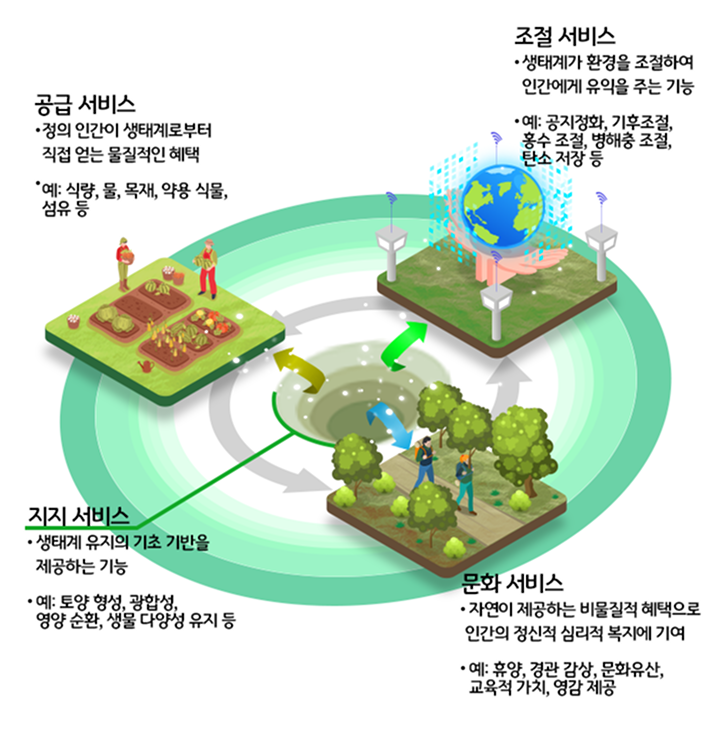
Status of Ecosystem Services in Gyeonggi-do
Ecosystem service values of Gyeonggi-do and its 31 cities and counties can be clearly understood through cartograms and interactive graphs.Gyeonggi-do
경기도 내 의 Ecosystem Services 비율
경기도 내 의 Ecosystem Services 순위
Legend (million KRW)
Ecosystem Services
경기도 Ecosystem Services 통계
선택할 수 있는 데이터
Ecosystem Services
Ecosystem Services Data
| 선택 문구 |
|---|
| 선택된 시군/읍면동 또는 데이터가 없습니다. 시군/읍면동 또는 데이터를 선택하여 주십시오. |
Urban Park Service Evaluation
Number of Urban Parks in Gyeonggi-do
Criteria for Completion of Construction
4120
NumberPark Area per Person in Gyeonggi-do
Based on Completion of Construction
6.27
㎡Gyeonggi-do Park and Green Space Creation Budget
2020-2024 Annual average for 5 years
498
KRW 100 MillionGyeonggi-do Park and Green Space Management Budget
2020-2024 Annual average for 5 years
1955
KRW 100 MillionPopulation Excluded from Park Services
도보 5분 이내 공원 접근불가
49.6
%Annual Number of Park Users in Gyeonggi-do
공원내 유동인구 기준(2024)
203901252
명City Park Evaluation
Urban Parks, Core Infrastructure in the Era of Climate Crisis
In an era of climate crisis, urban parks are more than just green spaces; they are core urban infrastructure that mitigates the effects of climate change and strengthens the resilience of local communities. City parks are multifunctional spaces that can respond to increasingly severe climate risks such as heat waves, heavy rain, and air pollution, performing diverse roles in environmental, social, and economic aspects.
First, urban parks alleviate the urban heat island effect through trees and vegetation, providing a more comfortable environment for populations vulnerable to heat waves. It also protects residents health by absorbing carbon and purifying the air, reducing disaster risks such as floods, and contributing to biodiversity maintenance. In addition, parks function as community spaces that enhance citizens psychological stability and community bonds, playing an important role in improving social resilience and quality of life.
In this way, urban parks are ‘Green Infrastructure’ that is more than just green space; they are complex spaces that solve multi-layered challenges such as climate adaptation, carbon neutrality, health promotion, and social integration, and are essential resources for a sustainable city.
The indicator developed to visualize the public value and climate response capacity of urban parks is ‘Our Neighborhood Park Score’. Park Score is a system that quantitatively evaluates the supply status of urban parks at the city, county, and administrative-dong level using multifaceted indicators, helping local governments improve park accessibility and quality and allocate budget more strategically. Ultimately, this serves as a policy basis for increasing social interest in urban parks, fostering a sustainable urban environment, and improving residents quality of life.
Park Score is evaluated based on various indicators, standardized and synthesized at the city, county, and administrative-dong level to calculate a score. A higher Park Score indicates better urban park service level and climate crisis response capacity in the area.
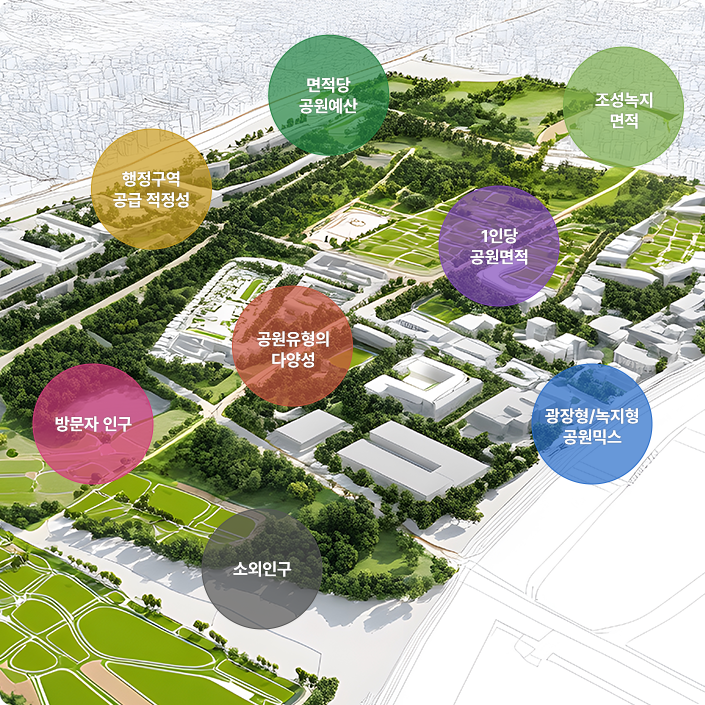
Urban Park Evaluation
경기도 Urban Park 통계
선택할 수 있는 데이터
Urban Park Evaluation
Urban Park Data
| 선택 문구 |
|---|
| 선택된 시군/읍면동 또는 데이터가 없습니다. 시군/읍면동 또는 데이터를 선택하여 주십시오. |
